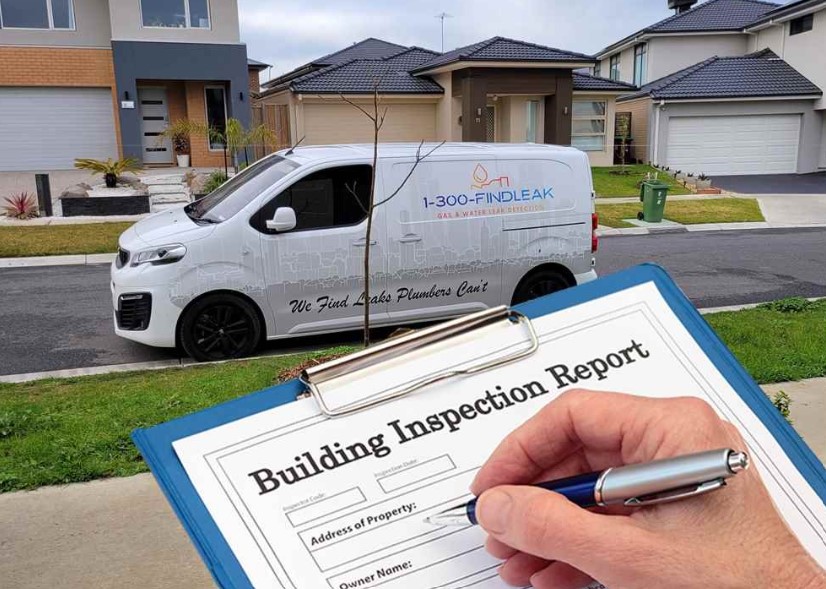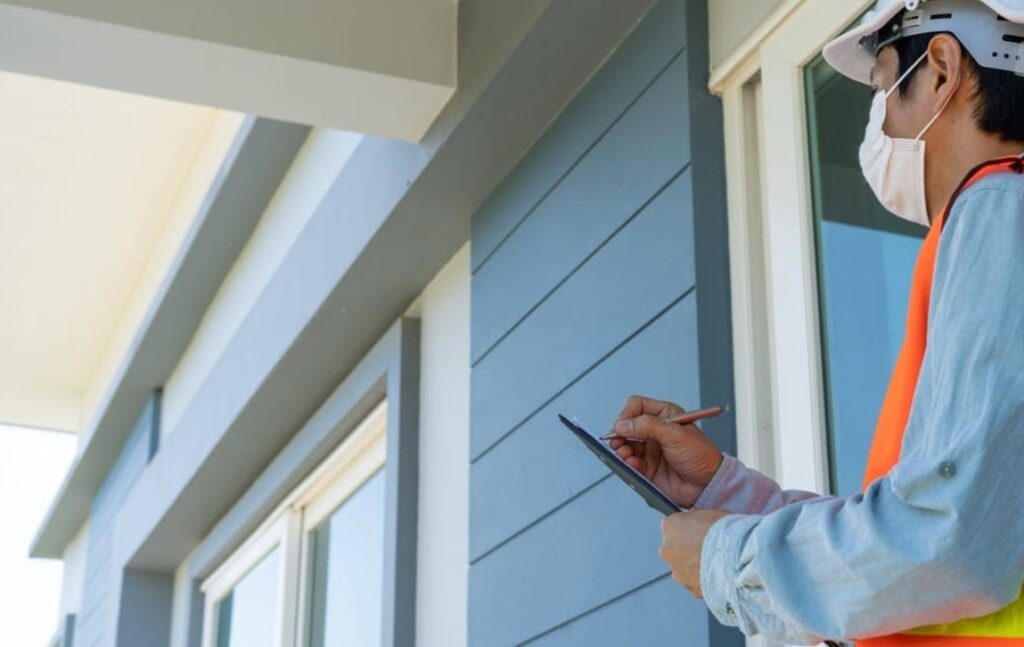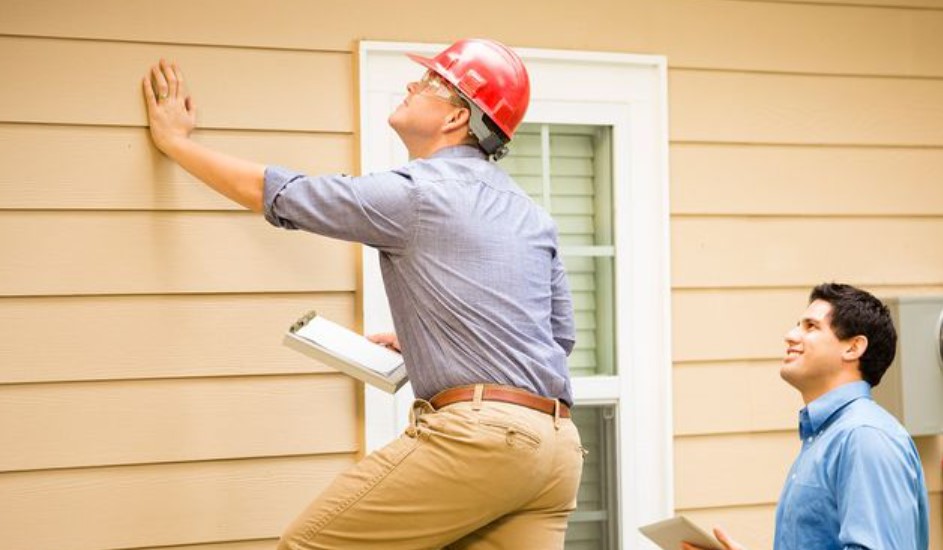Are you looking for What Is A Mortgage Inspection? It’s a critical step in the home-buying process that involves a surveyor assessing the property’s boundaries and comparing them to the legal description in the property deed. This inspection aids the buyer, lender, and title attorney in evaluating the asset being purchased.
Key Takeaways
- A Mortgage Inspection assesses property boundaries.
- Helps in risk mitigation during the home-buying process.
- Commonly required by lenders and title attorneys.
- Can reveal property line violations and other issues.
- Often part of the closing process on a home.
What Is A Mortgage Inspection?
A Mortgage Inspection, also known as a Mortgage Loan Inspection (MLI) or Mortgage Inspection Sketch (MIS), is conducted by a surveyor. The primary aim is to assess the boundaries of the property and compare them with the legal description in the property deed.

This inspection is crucial for the buyer, lender, and title attorney to evaluate the asset being purchased. It helps in eliminating some of the risks involved in buying a new home and securing a home loan.
Why Is It Important?
A Mortgage Inspection is not just a formality; it’s a necessity. It helps you spot potential issues with the property you’re interested in purchasing during the preliminary process of buying a home.
An MLI/MIS can be used to look for major violations of property lines and other potential concerns during the due diligence period. This allows a buyer to have a professional opinion in hand to evaluate the property more accurately.
When Do You Need One?
Mortgage inspections are typically required by lenders and title attorneys as part of the closing process on a home. This helps in evaluating mortgage collateral. Additionally, it may help waive the survey exceptions of a title insurance policy. A prospective buyer can also hire a surveyor on their own to perform an MLI/MIS while evaluating a property.

Common Findings
During a Mortgage Inspection, your surveyor will look for any errors, incorrect information, or other problems with the property. Some common findings include:
- Fences or walls that cross property lines
- Trees or gardens that cross property lines
- Additional buildings (like sheds) that cross property lines
- Buildings that violate zoning setbacks or deed covenants
- Driveways that encroach on neighboring properties
How Is It Different From A Home Inspection?
While both Mortgage and Home Inspections are part of the home-buying process, they serve different purposes. A Home Inspection focuses on the condition of the home itself—plumbing, electrical systems, etc. A Mortgage Inspection, on the other hand, focuses on the property’s boundaries and legal descriptions.

Costs Involved
The cost of a Mortgage Inspection can vary based on the complexity of the property and the surveyor’s fees. It’s advisable to get quotes from multiple surveyors to get the best deal. Remember, skimping on this could cost you more in the long run if property issues arise.
Types of Mortgage Inspections
There are different types of Mortgage Inspections, each serving a unique purpose. The most common type is the Mortgage Loan Inspection (MLI), which focuses on property boundaries.
Another type is the Mortgage Inspection Sketch (MIS), which provides a visual representation of the property. These types are often used interchangeably but may have subtle differences depending on the surveyor and the lender’s requirements.
What Happens During the Inspection?
During the Mortgage Inspection, the surveyor will walk the property, taking measurements and making observations. They’ll check for encroachments, easements, and other potential issues that could affect the property’s value or legality. After the inspection, the surveyor will produce a report that outlines their findings, often including a sketch of the property.

How to Prepare for a Mortgage Inspection?
Preparation is key when it comes to Mortgage Inspections. Make sure to clear any debris or obstacles that could hinder the surveyor’s work. It’s also a good idea to have any property-related documents on hand, such as previous survey reports or property deeds, as these can provide valuable context for the current inspection.
What to Do After the Inspection?
Once the Mortgage Inspection is complete, review the report carefully. If there are any discrepancies or issues, address them immediately. This could involve contacting your lender, title attorney, or even the seller if you’re in the process of buying the home. The sooner these issues are resolved, the smoother the mortgage process will be.

Mortgage Inspection vs Land Survey
While both Mortgage Inspections and Land Surveys involve evaluating property boundaries, they are not the same. A Land Survey is more comprehensive and may include topographical features, utility locations, and more. Mortgage Inspections are generally quicker and less expensive but may not provide as much detail as a full Land Survey.
How to Choose a Surveyor?
Choosing the right surveyor is crucial for a successful Mortgage Inspection. Look for professionals with good reviews and ample experience in mortgage inspections. Don’t hesitate to ask for references or samples of previous work. Remember, the quality of the inspection can significantly impact your mortgage process.
Do All Mortgages Require A Mortgage Inspection Report?
Contrary to popular belief, not all mortgages require a Mortgage Inspection Report. While it’s highly recommended to get a home inspection done, most mortgage lenders don’t make it a mandatory requirement.

They usually ask for a Wood-Destroying Organisms Report (WDO) and an appraisal report instead. These reports help the lender assess the risk associated with the loan. However, in some rare cases, if the appraisal or pest control report highlights structural defects, the lender may require a home inspection.
What Does A Mortgage Inspection Report Include?
A Mortgage Inspection Report is a comprehensive document that provides detailed information about the property you’re interested in. It covers various aspects such as property boundaries, structural integrity, and potential issues like encroachments or easements.

The report often includes sketches and measurements, offering a visual representation of the property. It’s a valuable tool for both the buyer and the lender, helping to make informed decisions.
Mortgage Inspection Report Comparisons
Mortgage Inspection Reports are often confused with home inspections and appraisals, but they serve different purposes. A Mortgage Inspection Report focuses on verifying the property’s boundaries and features.
In contrast, a home inspection assesses the property’s condition, and an appraisal determines its market value. Understanding these differences is crucial for both buyers and lenders to make informed decisions during the mortgage process.
Why Is A Mortgage Loan Inspection Important?
A Mortgage Loan Inspection is vital for several reasons. It provides essential information to lenders and title insurers, reducing the risk associated with property purchases.

For instance, any legal issues arising from land disputes typically fall on the new homeowner, while the lender and title insurer may incur losses. Therefore, a Mortgage Loan Inspection serves as a safeguard for all parties involved, ensuring that everyone is on the same page about the property’s features and boundaries.
When Do I Need A Mortgage Loan Inspection?
The need for a Mortgage Loan Inspection varies depending on the lender’s requirements and the property’s specifics. While not always legally required, it’s a less expensive alternative to a full boundary survey.
It’s particularly useful for confirming that a property was built at the expected size and location. So, you might consider getting one when you’re buying a new home, refinancing, or suspecting any boundary or feature discrepancies in your current property.
Conclusion
In summary, a Mortgage Inspection is an indispensable part of the home-buying process. It provides valuable insights into the property you’re considering and helps mitigate risks. Always consult a professional surveyor for this critical task to ensure a smooth and secure property transaction.
Understanding what happens during the inspection, how to prepare for it, and what to do afterward can make the mortgage process much smoother. Always choose a qualified surveyor to ensure the inspection is thorough and accurate.
People Also Ask
What Is Included In a Home Inspection?
A standard home inspection covers various aspects of your property, including roofing, exterior, foundation, electrical systems, HVAC, plumbing, insulation, attics, and interior spaces. This thorough check helps you understand not just the different elements of your home but also their current condition.
Why Do Home Buyers Need a Home Inspection?
Home inspections are crucial for revealing hidden issues that could become costly problems later. They offer an opportunity for price negotiation with the seller and can be particularly beneficial for first-time homebuyers, serving as a crash course in home maintenance.
Can a Home or Building Fail an Inspection?
No, a home or building cannot “fail” an inspection. The inspection report simply describes the property’s physical condition and identifies areas that may need repairs or replacements.
What To Do If My Home Inspection Reveals Problems?
If the inspection uncovers issues, don’t panic. The goal is not to deter you from buying but to inform you. You can negotiate with the seller to either fix the problems or adjust the property’s price.

Muhammad Talha Naeem is a seasoned finance professional with a wealth of practical experience in various niches of the financial world. With a career spanning over a decade, Talha has consistently demonstrated his expertise in navigating the complexities of finance, making him a trusted and reliable figure in the industry.









